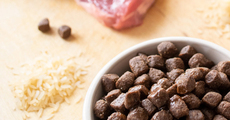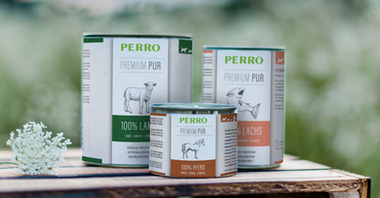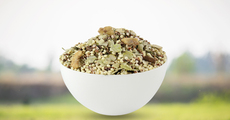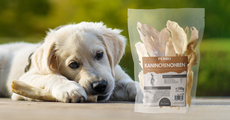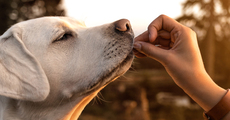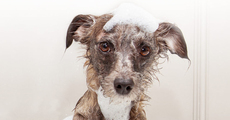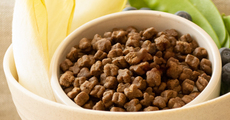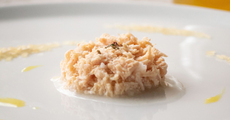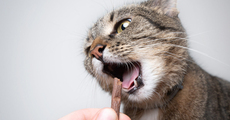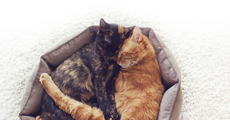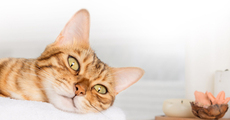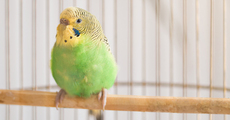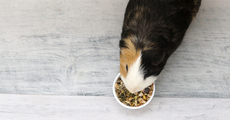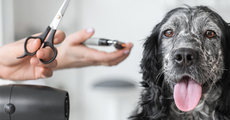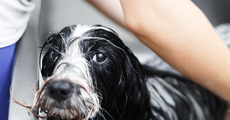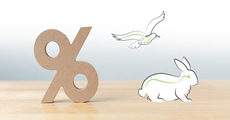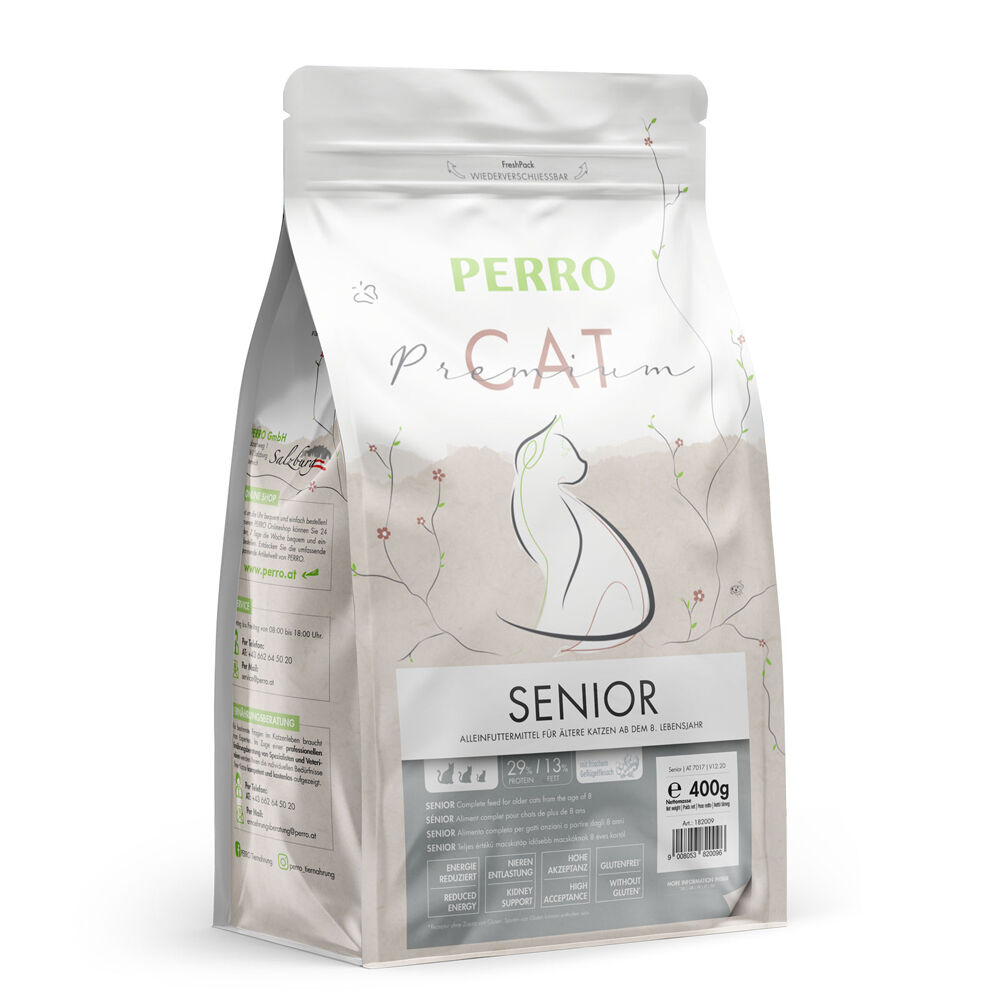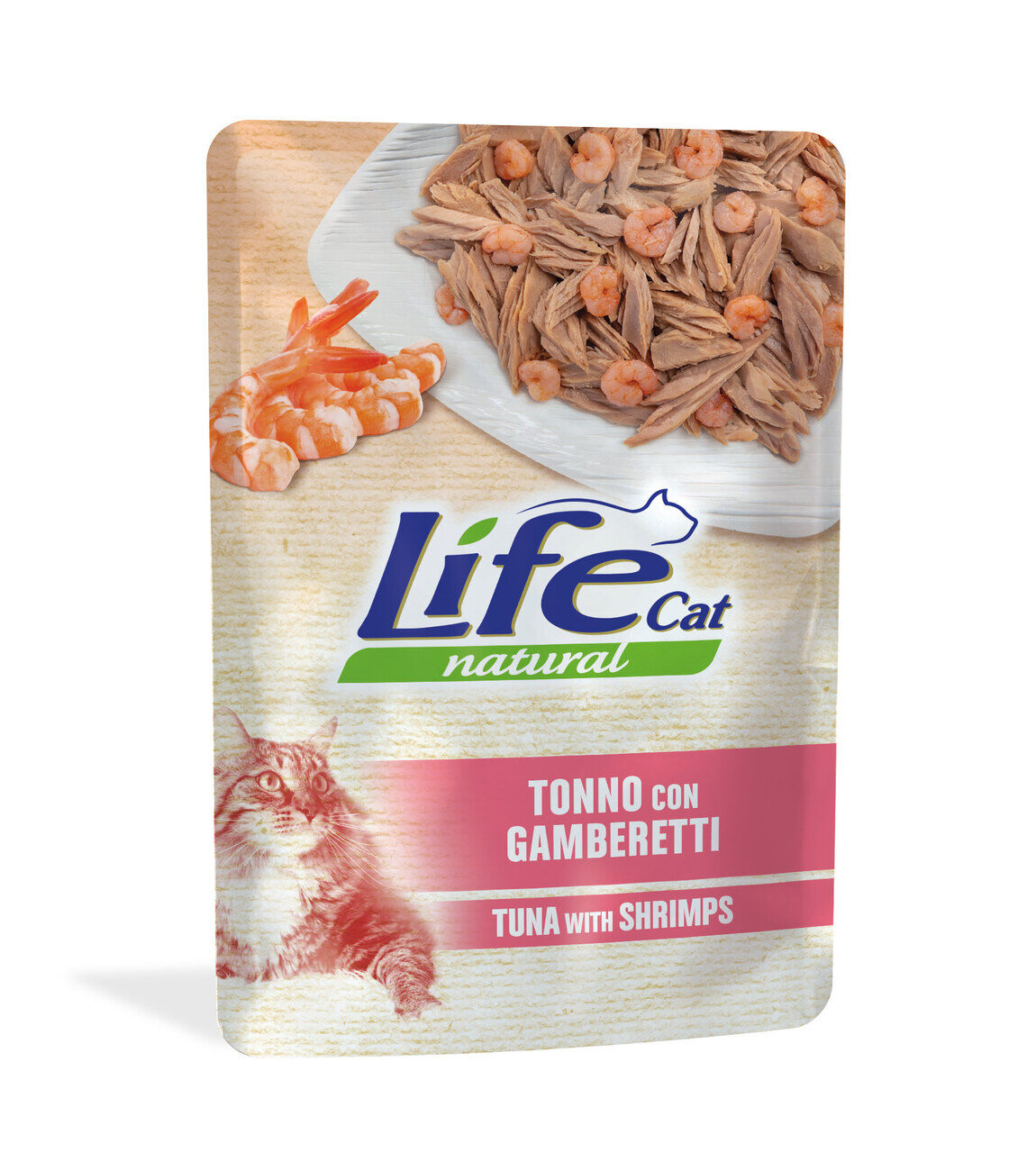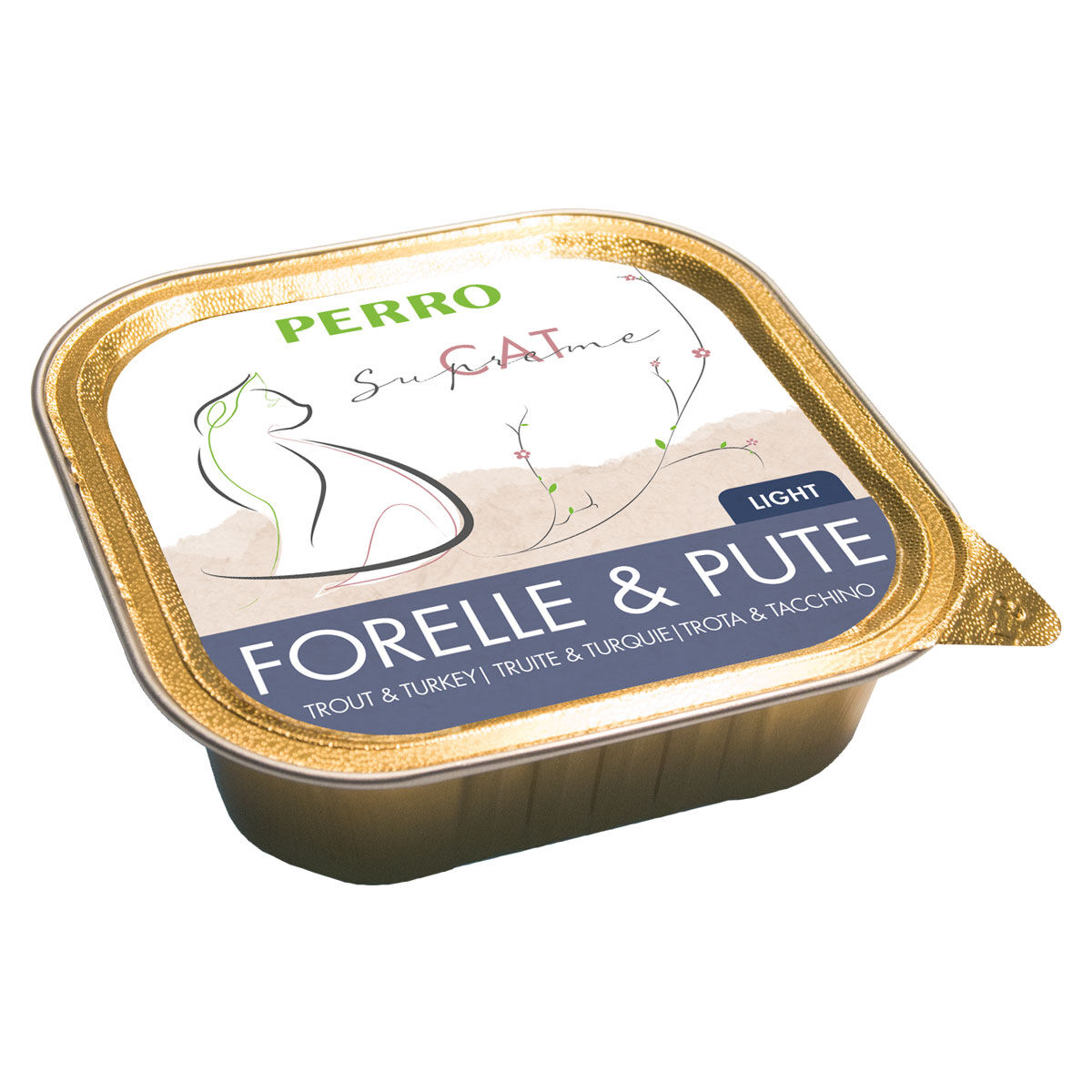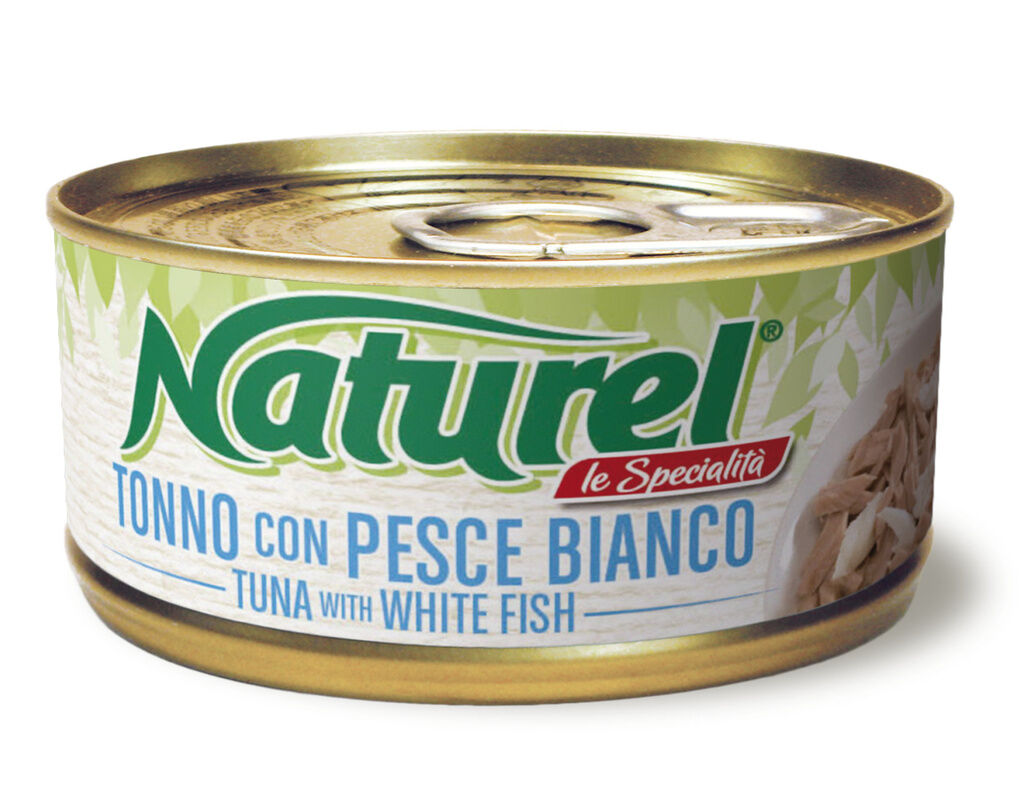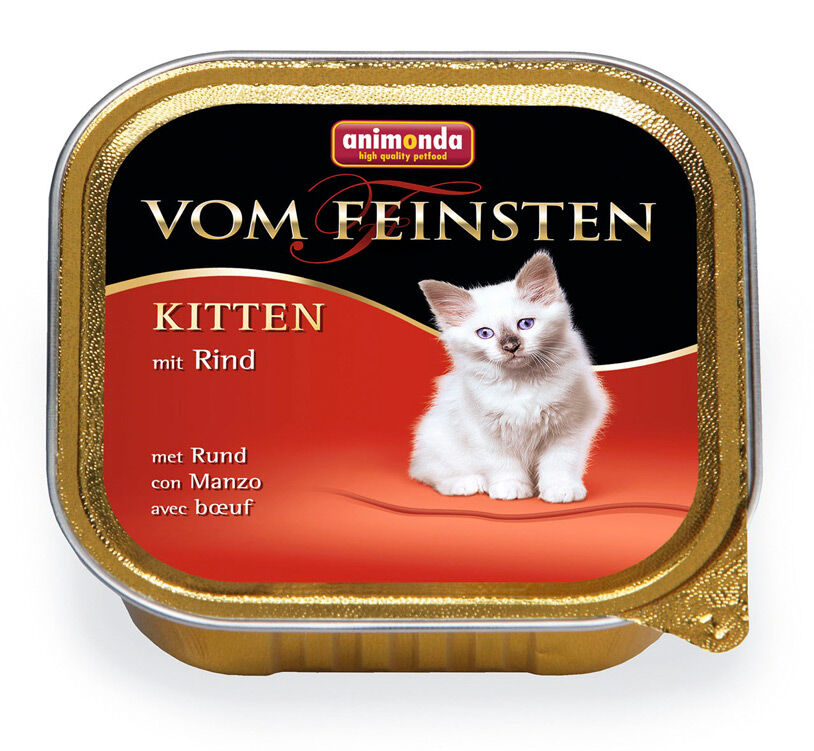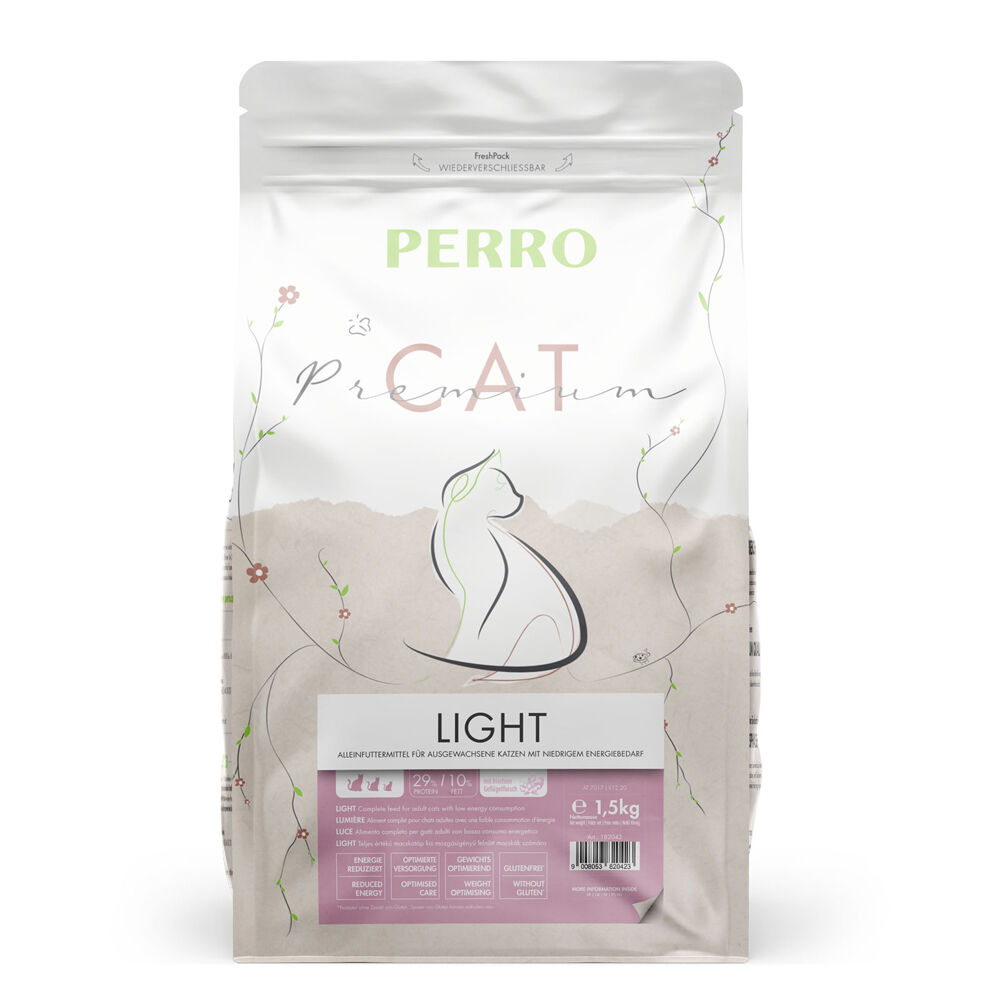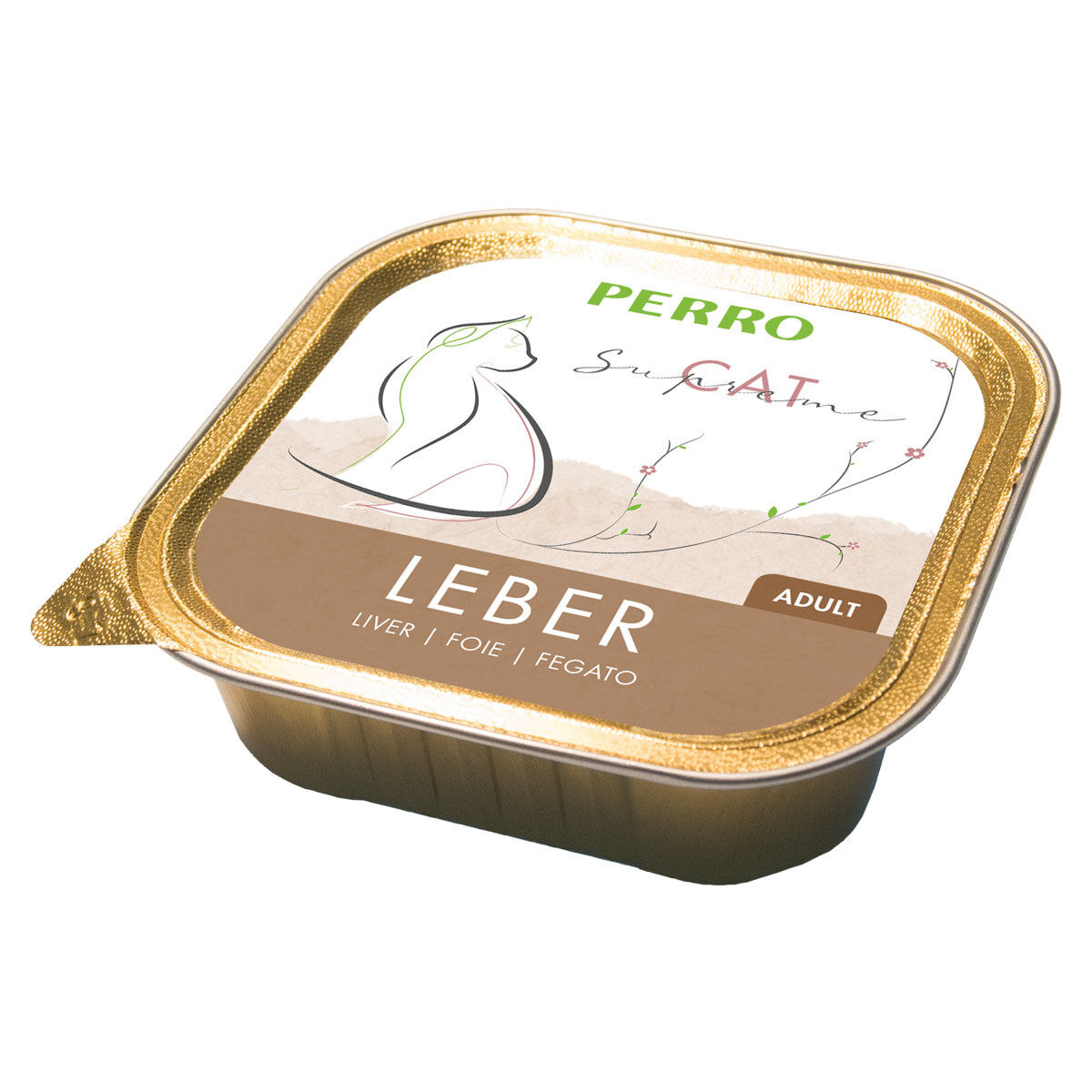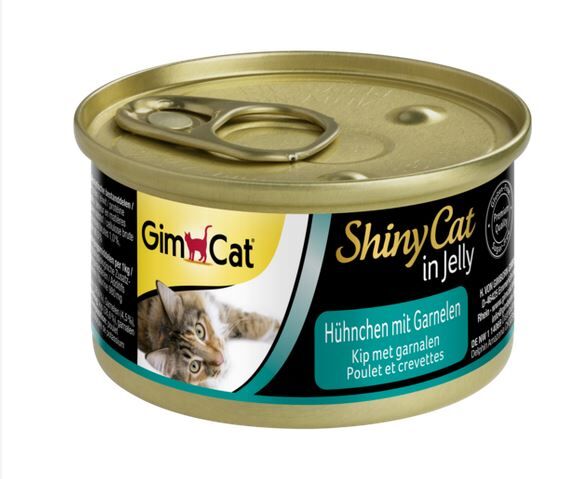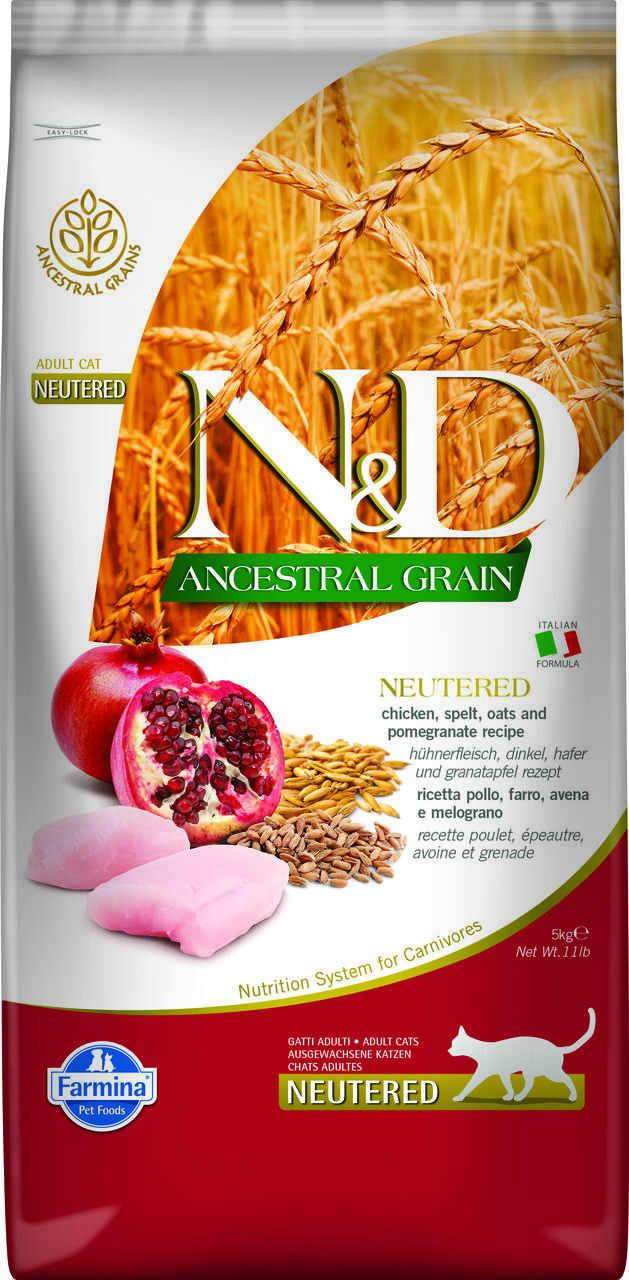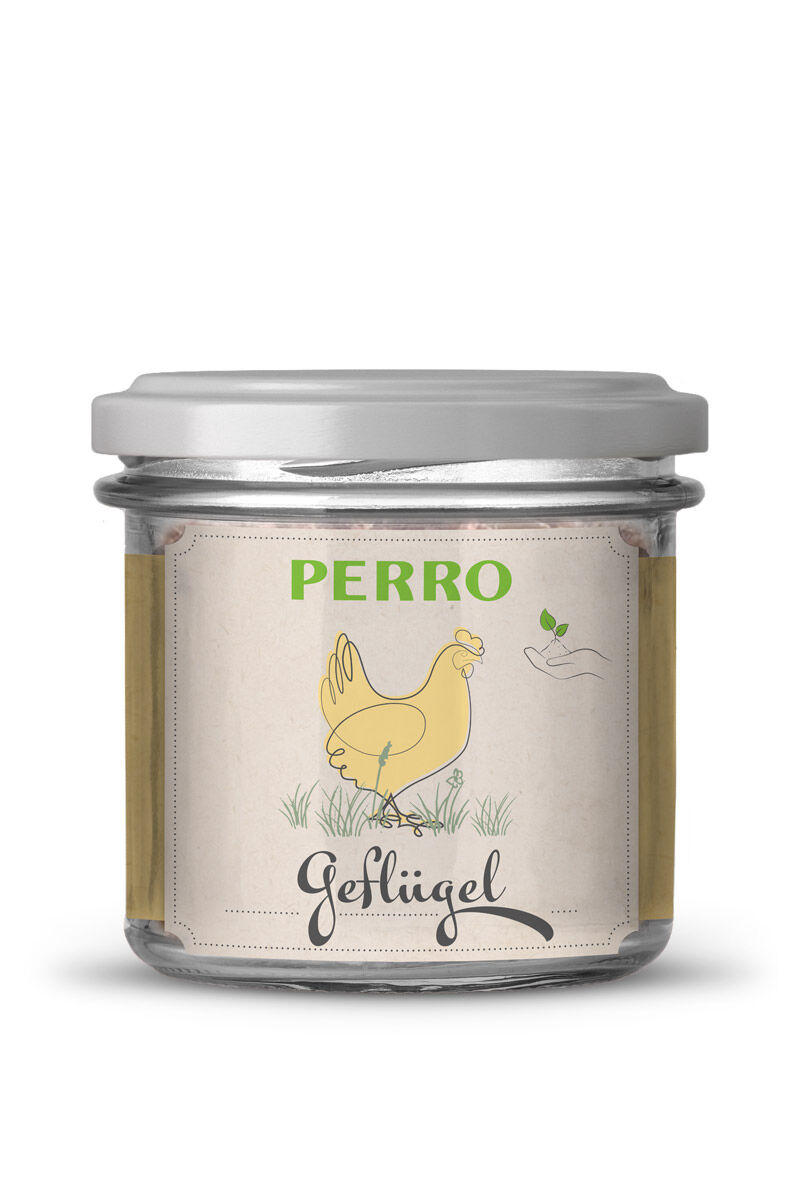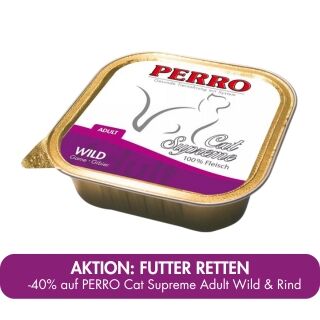Feeding cats correctly
Choosing the right cat food is crucial for the health and well-being of your velvet paw. The right food depends on a number of factors such as age, life stage, daily amount of exercise or individual needs (allergies, intolerances, illnesses, etc.) .
What does a cat need to eat?
If you look at the eating behavior of felines in the wild, one thing quickly becomes clear: cats are carnivores. Their entire organism is designed to hunt, eat and metabolize prey. .
Unlike the omnivore dog, cats are pure carnivores (obligate carnivores). Thus, one thing is clear: proper and species-appropriate cat nutrition must include meat. Feeding a cat vegetarian or vegan is fatal, because it does not correspond to the natural needs of the cat at all.
Natural feeding behavior
To better understand the eating behavior of our velvet paws, let's take a look at their natural habitat. In nature, cats hunt and eat small prey such as mice, birds or insects. The prey contains almost all the nutrients velvet paws need.
In the wild, they eat 10 to 20 mice per day. Consequently, cats eat smaller portions several times a day. They also absorb the majority of their fluid requirements through food. This explains why cats often drink very little.
Species-appropriate cat food
The digestive system of the velvet paws specializes in protein and fat-rich but easily digestible food. Meat contains the essential nutrients for cats proteins, taurine and amino acids. Proteins and fats are the most important energy suppliers. Carbohydrates play a subordinate role in cat nutrition.
Recognising good quality cat food
There are a few parameters that make it relatively easy to recognise whether cat food is of high quality:
- high percentage of animal protein
- many unsaturated fatty acids
-
a balanced combination of vitamins, minerals and trace elements
-
a proportion of taurine appropriate for the species
-
sugar-free
-
a low proportion of broken down carbohydrates
A special feature of cat nutrition
In the course of evolution, cats have lost the ability to form amino acids (components of protein) . Therefore, they have to absorb them through their food. Meat contains the essential amino acids arginine, methionine and cysteine.
The breakdown product of the amino acids methionine and cysteine is taurine, which is vital for cats . Because it can only produce this itself in small quantities. Mice have the highest content of taurine among the cat's prey.
In addition, cats need the vitamins niacin, vitamin D and vitamin A in their food ration. This is also extraordinary, because many other creatures (e.g. dogs) can produce these vitamins themselves.
Why is taurine so important in cat food?
| Taurine is a so-called amino sulphonic acid (a breakdown product of amino acids). In very simplified terms it is a component of animal protein. It is found, among other things, in muscle meat, heart and liver. |
| The cat needs taurine for its metabolism, the entire nervous system, digestion and for fertility in females. The heart and eyes in particular need sufficient taurine. |
| A deficiency can sometimes lead to severe damage. Heart muscle weakness, blindness, loss of hearing, infertility and immune deficiency are possible consequences. |
What nutrients do cats need?
The most important nutrients a cat needs to get from its food include:
- Proteins
- Fats
- Amino acids
- Taurine
- Vitamins A, B, C, D, E and K
- Minerals
- Calcium
- Phosphorus
- Magnesium
- Sodium
- Potassium
- Trace elements
- Iron
- Manganese
- Zinc
- Copper
- Selenium
- Carbohydrates
Is a pure meat or fish diet sensible for cats?
Theclear answer is no. Even though cats are carnivores, feeding them only pure (muscle) meat is unhealthy. Meat does not contain all the nutrients our pets need for a healthy metabolism . Among other things, certain vitamins, minerals, calcium and fibre are missing. These components are mainly found in fresh blood, in the bones or in the stomach of the prey animals. Also the essential taurine, is not sufficiently present in pure fresh meat.
To be on the safe side in cat nutrition, always make sure to choose cat food with the designation "complete food". High-quality food contains all the important nutrients for the velvet paws in the right dosage.
QUICK TIPS FOR FEEDING CATS
Calm
Calmness while eating: Cats like to be undisturbed while eating. If you have more than one cat, each one needs its own bowl - preferably separated from each other.
Fresh water
Fluid intake is immensely important, especially when feeding dry food. Drinking fountains can create interest here.
Wet food
Bring food stored in the refrigerator to room temperature to avoid stomach upset.
How many times a day do you have to feed a cat?
In the wild, cats catch their prey throughout the day. This is what their digestive system is designed for today. Therefore, it makes sense to feed the cat several times throughout the day in smaller portions. If this is not possible, it should be fed at least twice a day.
For dry food and cats that can manage their daily ration themselves and do not eat everything at once, ad libitium feeding is possible, i.e. the cat can manage its own feeding times throughout the day . Another possibility for controlled feeding is an automatic feeder
How much food can a cat eat per day?
The amount of food depends on many different factors, such as:
- Age
- Daily exercise
- Weight
- Life stage
Our advice is always: always follow the manufacturer's feeding recommendations!
And in this context it is also important to mention that the food must also be adapted to the living conditions
! Because with an adult food for a kitten, the feeding recommendation does not make sense either.
Dry food vs. wet food - which is better?
Both types of food have their advantages and disadvantages. We have summarised them for you compactly and clearly at .
Dry food pros and cons
| Advantages | Disadvantages |
|---|---|
| Easy to dose | Increased water requirement |
| Longer shelf life | Acceptance by fussy cats |
| Teeth cleaning effect | |
| Cleanliness | |
| No strong odour | |
| Daily ration can be given to the cat for free consumption |
Wet food pros and cons
| Advantages | Disadvantages |
|---|---|
| Likes to be eaten: intense taste, smell, consistency | Shelf life of opened packaging units in the refrigerator is maximum 2 days |
| Water content is higher | Smells more intense than dry food |
| High acceptance even with fussy cats | Feed small portions several times a day |
Mix dry and wet food for the cat?
Since both types of food have their advantages, doesn't it seem like a sensible solution? In principle, there is nothing to say against feeding dry and wet food. However, there are a few things to keep in mind:
- Amount of food: The different energy values must be taken into account when calculating the ration. Especially for cats that tend to be overweight.
- Digestion time: The two types of food have different digestion times.
Our tip: Feedwet and dry food with time intervals and divide it into several meals.
For example, offer wet food in the morning and in the evening. The calculated! remaining amount of dry food
can be given to the cat in the meantime as a self-service snack.



